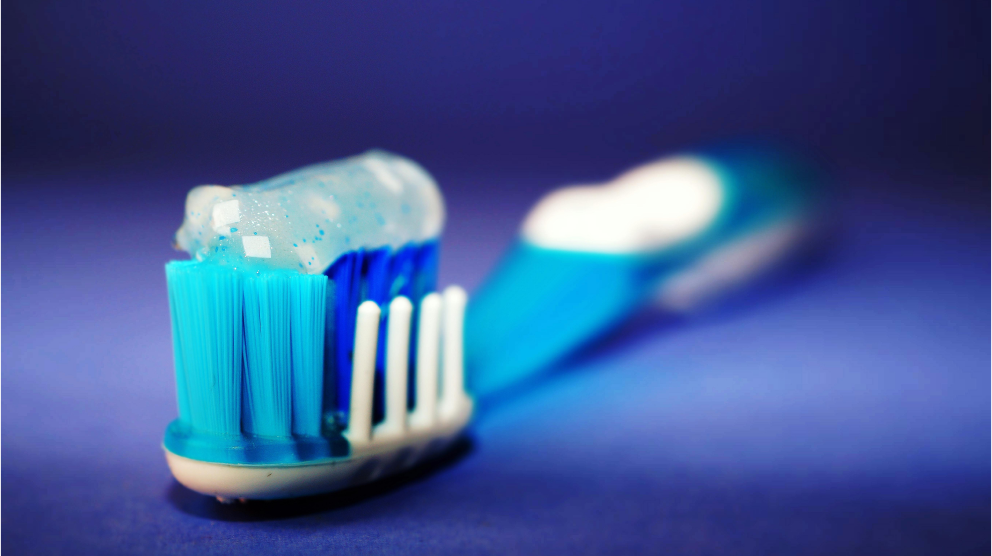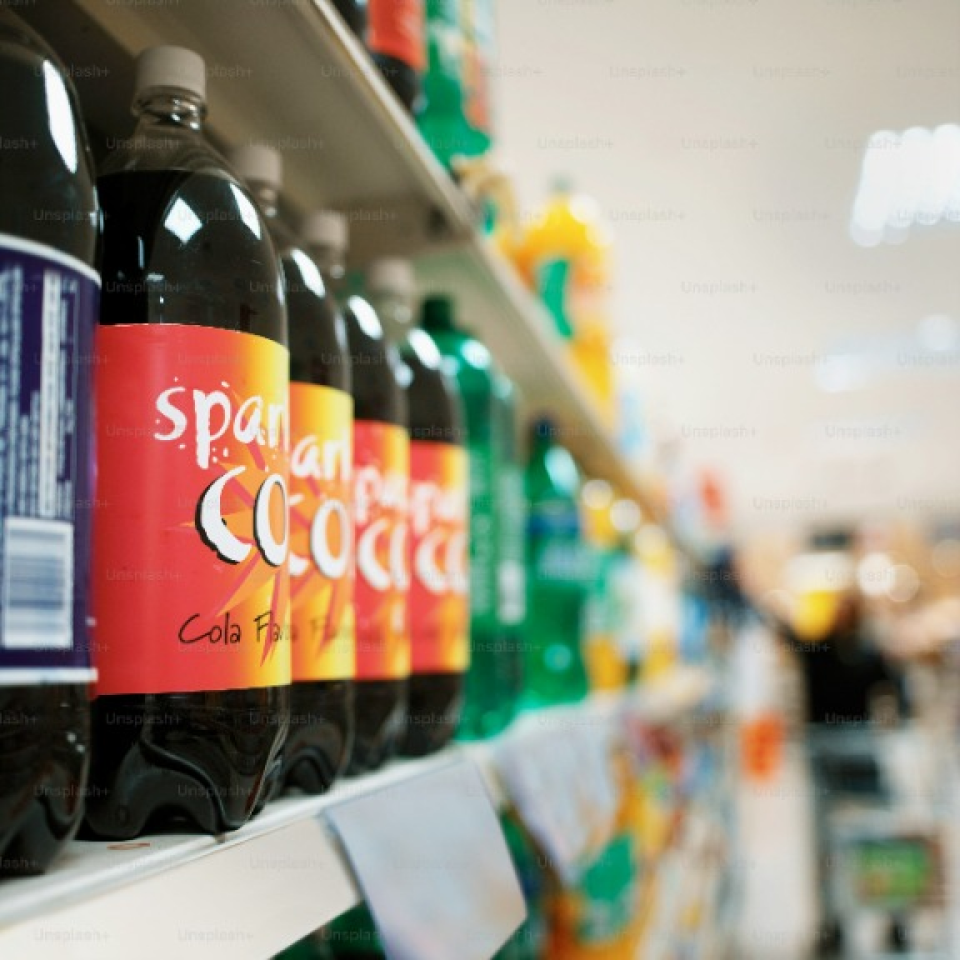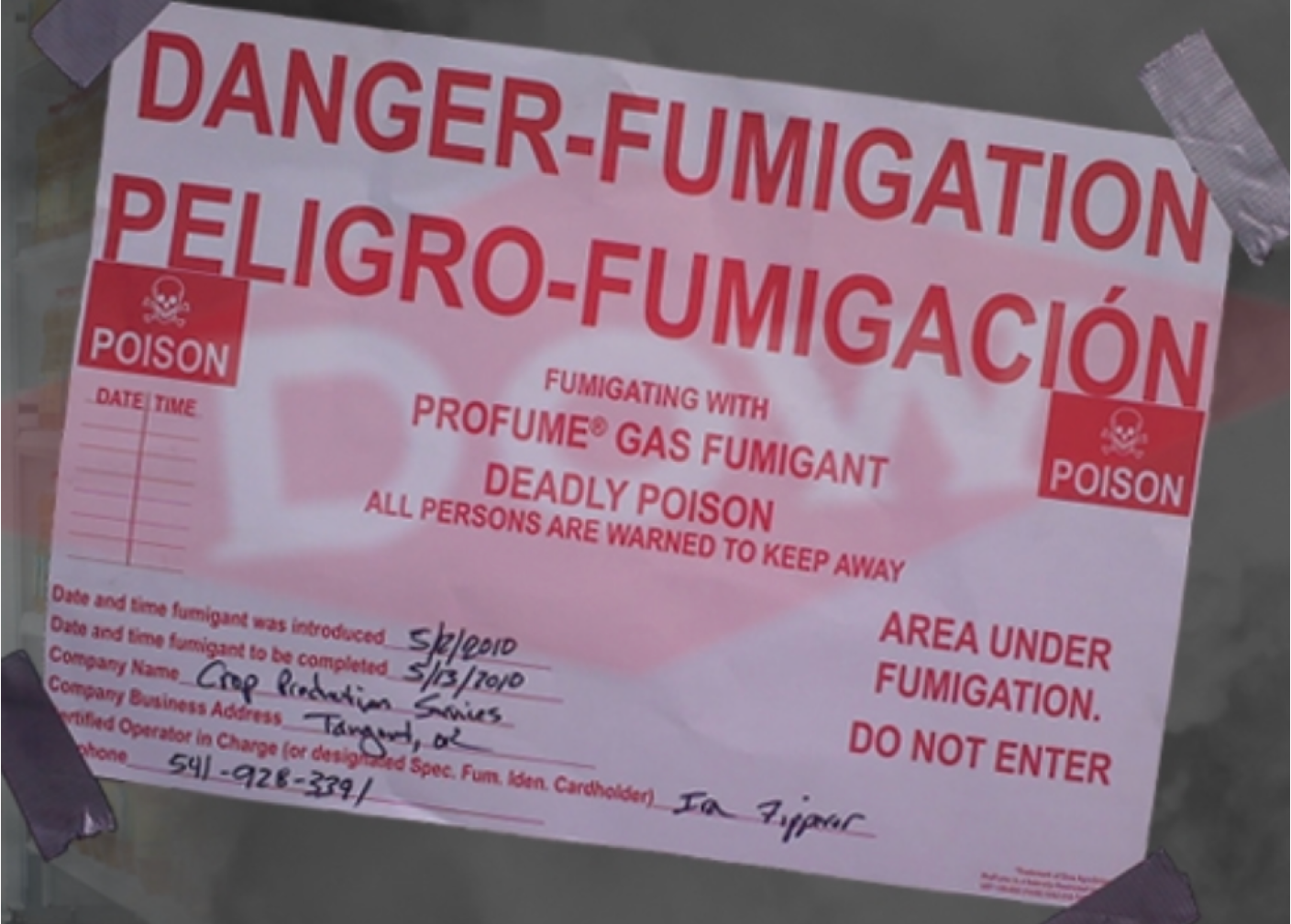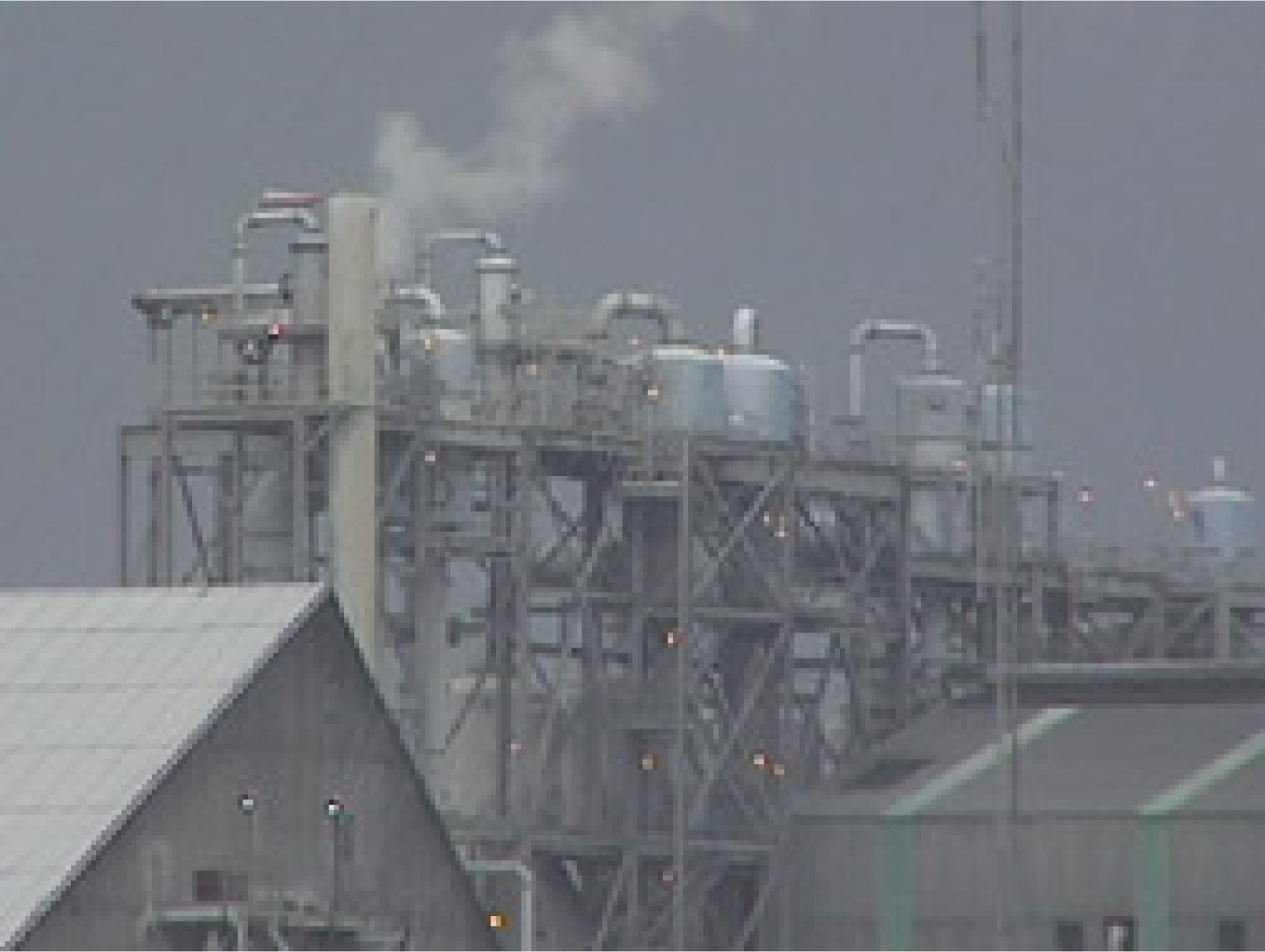Sources of Fluoride
Estimation of the amount of fluoride ingested from all environmental and dietary sources is important so that rational and scientifically sound decisions can be made when guidelines for the use of fluorides are reviewed periodically and modified." (Journal of Dental Research 1992)
Overview
When fluoride was first added to water in the 1940s as a means of preventing tooth decay, not a single dental product contained fluoride: no fluoride toothpastes, no fluoride mouthrinses, no fluoride varnishes, and no fluoride gels. In the past 70 years, as one fluoride product after another entered the market, exposure to fluoride has increased considerably, particularly among children.
Exposure from other sources has increased as well, including processed foods made with fluoridated water, fluoride-containing pesticides, bottled teas, fluorinated pharmaceuticals, teflon pans, and mechanically deboned chicken. The glut of fluoride sources in the modern diet has created a toxic cocktail that has caused a dramatic increase in fluoride-related health effects over the past 70 years, including detrimental impacts to brain development. The problem with fluoride is not that children are receiving too little. They are receiving too much.
[IQ graph]
Even advocates of fluoridation have admitted this problem. In January 2011, the U.S. Department of Health and Human Services (DHHS) announced its recommendation that water fluoridation programs (which generally add 1 ppm fluoride to water) should lower the levels added to 0.7 ppm. This reduction, however, does little to solve the problem, as many children will continue to ingest more fluoride than is recommended, or safe.
Sources of Fluoride
What Doesn’t Contain Fluoride?
The mass fluoridation of water, and the resulting contamination of processed foods, can make it seem like everything has elevated levels of fluoride. The good news, however, is that most fresh foods and fresh water contains very little fluoride. As a general rule, therefore, one will receive very little fluoride when drinking spring water and eating unprocessed fruit, vegetables, grains, eggs, milk, and meat. While there are some exceptions to this rule (e.g., seafood, tea, water from deep wells, and fresh fruit/vegetables sprayed with fluoride pesticides), it is a good rule of thumb to go by if you wish to reduce your fluoride exposure. To learn more, click here.







